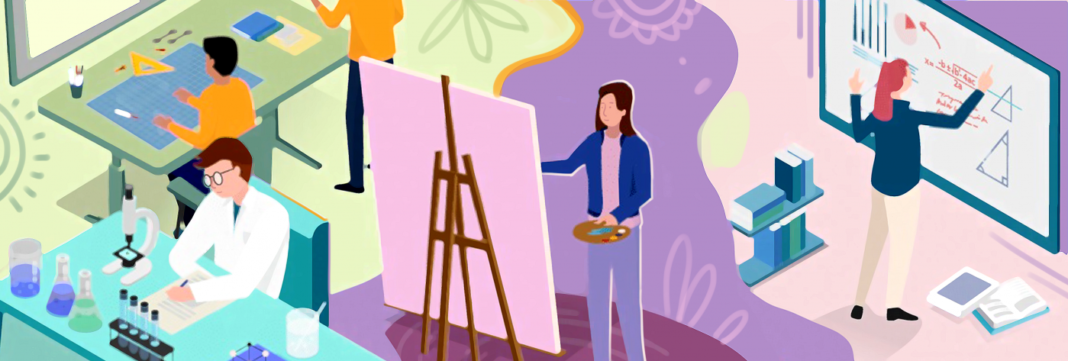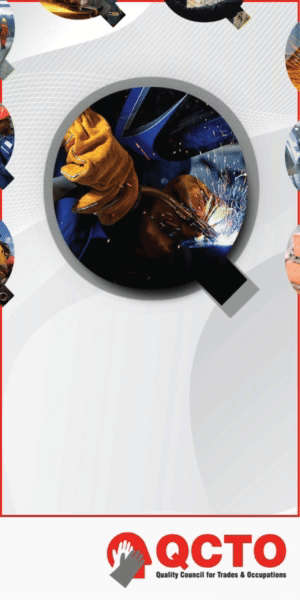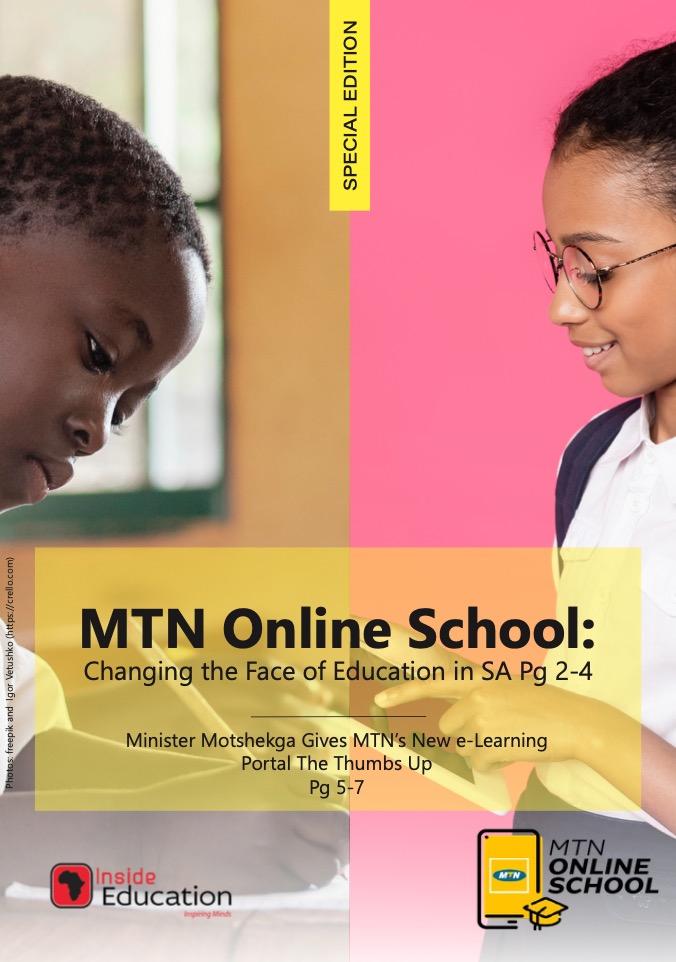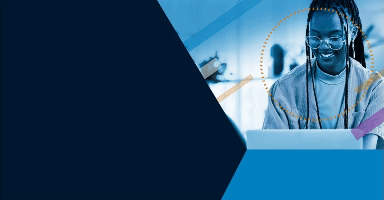Dr CS Shivananda
There is a huge difference between what the world needed 20 years ago and what it requires today. For instance, 20 years ago, we had a more environmentally balanced planet, so the demand for climate professionals was not high in the market.
But the scene has now changed with the rise of environmental pollution, thus opening up new avenues to be explored. It means that the world now needs professionals with expertise related to climate and oceanography.
Similarly, there have been drastic changes in many other sectors, creating opportunities for a varied range of professionals and posing a necessity for the education system to correspond to this necessity accordingly.
The process of imparting education should always be an evolving one, not static. The world is changing with every passing day and so, educators will have to rethink the ways they perceive the process of teaching and rejig the curriculum in accordance with the market demands and trends.
By doing so, graduates and learners with adequate knowledge about the world, changing scenarios, market trends, and necessary skills can be produced. In this connection, curriculum and educational approach have vital roles to play.
Even some years ago, educators and employers were putting emphasis on STEM education. With the rise of the demand for other kinds of professionals like innovators and thinkers along with engineers and those from science backgrounds, STEAM education is gathering steam in the mainstream education system.
To simplify, STEAM stands for Science, Technology, Engineering, the Arts and Mathematics. This is an educational approach that underscores the necessity of considering science, technology, engineering, the arts and mathematics as access points for pulling off the multi-faceted task of imparting knowledge and inspiring the habit of inquiry, dialogue, and critical thinking among learners.
Owing to the diversity, this approach offers the scope of developing multifaceted skills. More and more educational institutions are adopting it to ensure a sound and well-equipped development for students.
Inquiry, collaboration, and process-based learning are the core things that differentiate STEAM approach from other ones. We are going through a time when learning within textbooks, memorising lessons and copying them on exam sheets will not work.
Rather, the world as well as the educational scenario is changing, making it all the more essential for schools and educators to resort to innovative approaches to learning and inculcating skills into students.
STEAM serves this purpose as it inspires learners to explore beyond their textbooks and focus more on collaborative learning based on the instinctive human tendency of curious pursuits.
The outcome is that the students following STEAM approach feel encouraged and motivated to engage in experiential learning and easily find their feet while solving any problem through creative process and thinking.
This bunch of students will go on to become innovators with out-of-the-box thought processes, educators with a third-eye view and problem-solvers who can think on their feet.
Owing to these kinds of benefits, the STEAM approach is making its way into the curriculum. As the modern world and job market require not only graduates with high grades, but also individuals and leaders who are ready to take on the responsibility and deal with any problem with confidence, and possess a good number of soft skills necessary to thrive in a competitive world, it has become pertinent for schools to incorporate elements of STEAM education into their curriculum.
Many schools like the DPS STS School Dhaka are well into it. Taking into account the growing importance of this approach, they recently organised a STEAM carnival at the school’s senior campus to inspire inquisitiveness among students and create an opportunity for them to exhibit their knowledge and innovation in the fields of science, technology, engineering, arts, and mathematics.
Educators feel that this kind of arrangement comes very handy in preparing the students for future challenges and providing them an outlet to express their creativity and innovative ideas.
Meanwhile, DPS STS School Dhaka’s Robotics and AI Club has also recently collaborated with STEMROBO Technologies Pvt Ltd for inspiring innovation, creativity and learning among its students.
Most importantly, this approach helps the schools to focus more on four Cs (creativity, critical thinking, communication, collaboration), which are now prerequisite qualities for students if they want to make their names in their respective fields of interest.
These are skills that keep an individual ahead of others in this ever-evolving world where the focus has shifted to additional skills and someone’s ability of critical thinking along with her/his knowledge and acuity.
In short, this is an approach that empowers students, inculcates leadership qualities in them and makes them all the more prepared for the future world that will be heavily reliant on digital transformation.
It is time that schools also recognise this fact and start equipping their students accordingly. Putting a concentrated focus on STEAM education could be the first step in this regard.
Dr Shivananda CS is the principal of DPS STS School Dhaka







